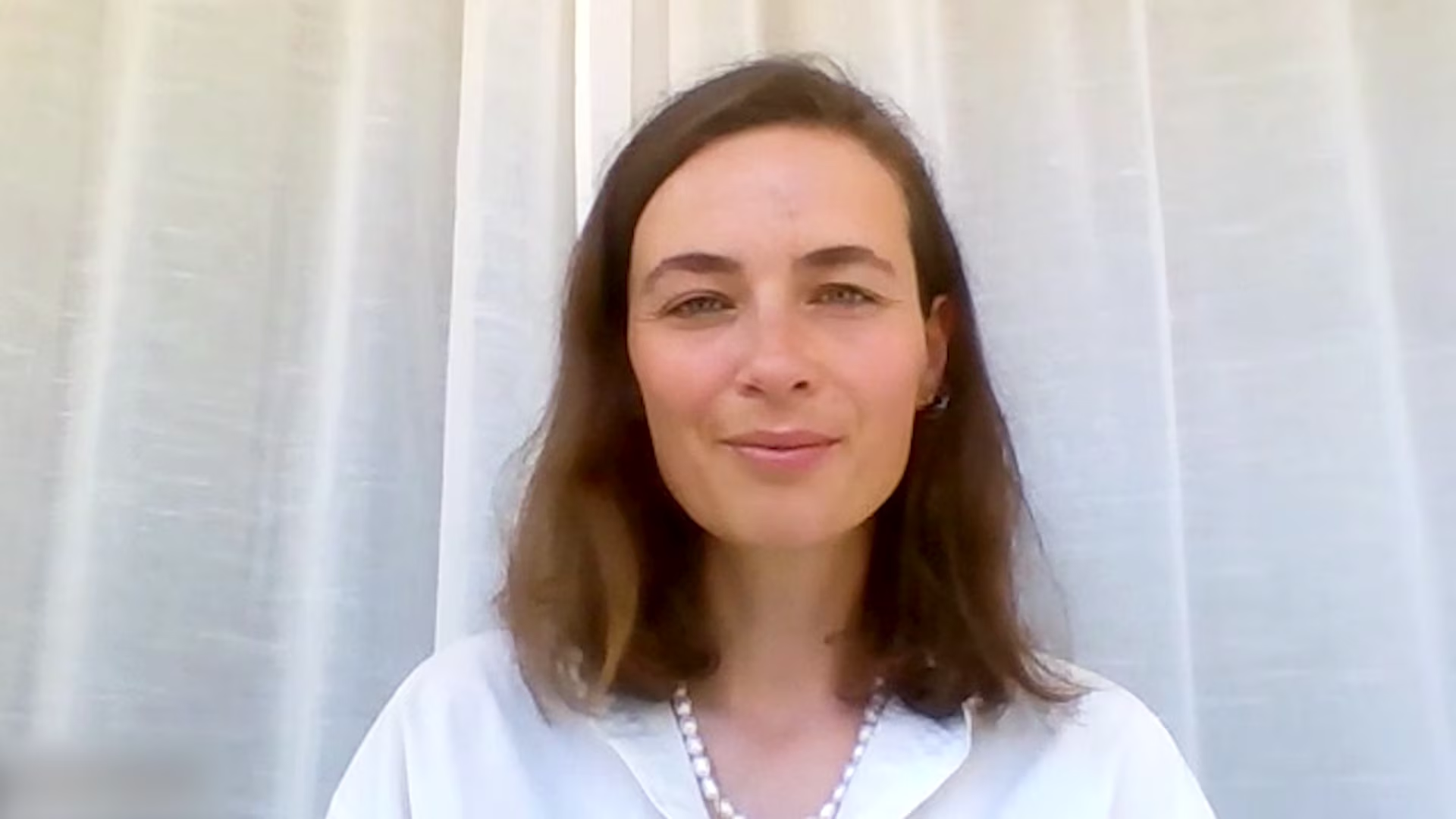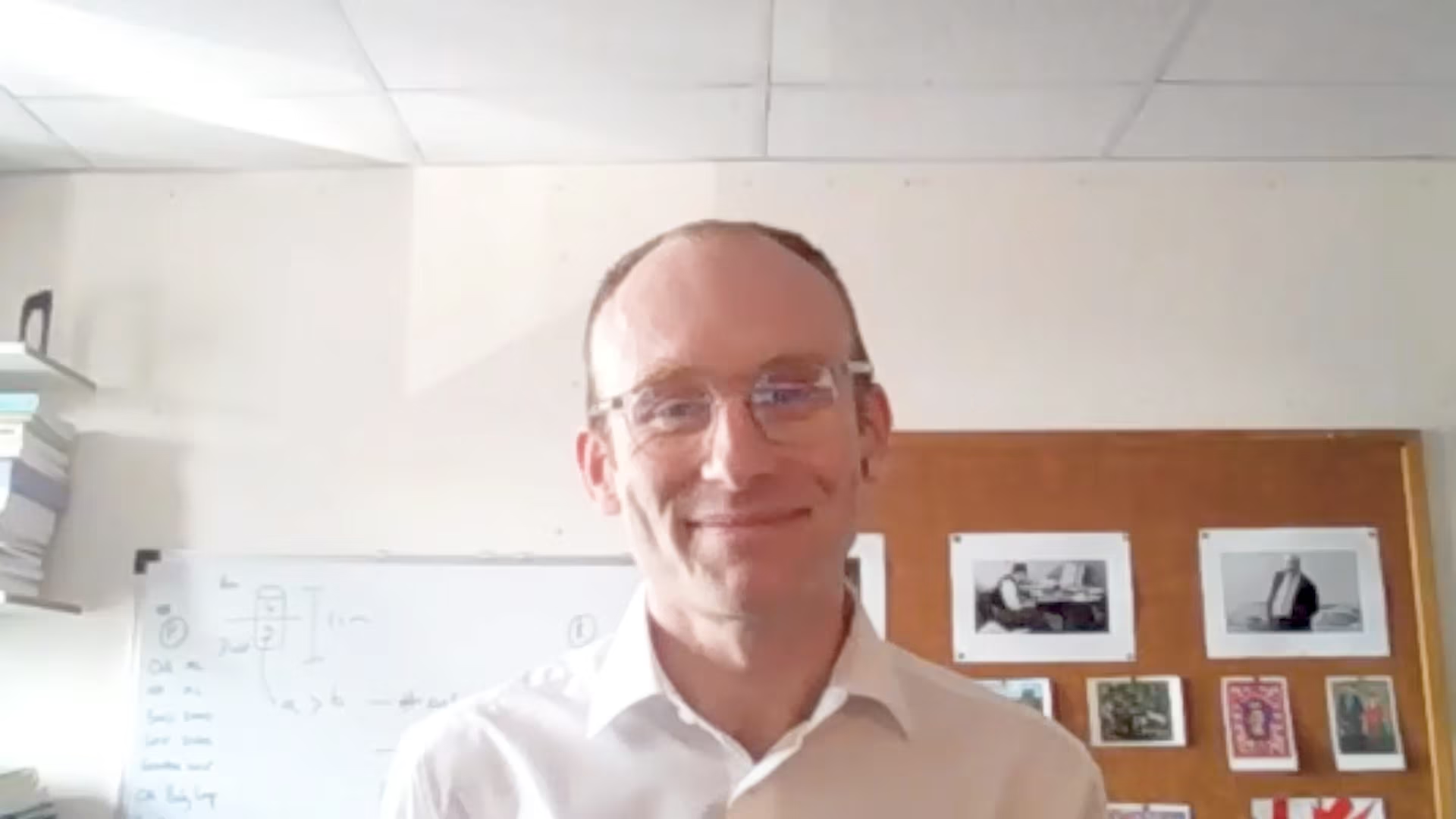WCO-IOF-ESCEO meeting highlights 2023, machine learning, risk prediction and computer vision: Nicholas Fuggle
WCO-IOF-ESCEO took place between 4-7 May and brought all of the latest clinical findings and advances in osteoporosis, osteoarthritis and musculoskeletal diseases. We were delighted to talk with Editorial Board member Prof. Nicholas Fuggle (MRC Life Force Epidemiology Centre, University of Southampton, UK) around his personal highlights from this year’s conference and the most promising presentations.
Questions
- What were your personal highlights from this year’s WCO-IOF-ESCEO meeting? (0:26)
- What looked promising from this year’s conference? (1:50)
Disclosures: Nicholas Fuggle discloses participating in speaker’s bureaus with Viatris.
Support: Interview and filming supported by Touch Medical Media Ltd. Interview conducted by Victoria Jones.
Filmed in coverage of the 2023 WCO-IOF-ESCEO Annual Meeting.
Click here for more content on bone disorders.
Transcript
What were your personal highlights from this year’s WCO-IOF-ESCEO meeting? (0:26)
Yeah. I mean, it’s a great meeting and one of the key and most exciting things was actually being altogether in person. Yes, there was a substantial virtual element to the congress as well, but seeing so many friends, colleagues, collaborators, all in one place in Barcelona was such a privilege and that really was hugely exciting to be part of that. In terms of personal highlights, always, Professor Renee Rizzoli’s summary of the best papers from the year gone is a highlight, I think, in everyone’s calendar when it comes to the WCO. Also, Frances Berenbaum, from France in an amazing talk about osteoarthritis and the approach to future disease modifying medications within that disease. There was a lot of work actually around machine learning in various guises, some computer vision work, some risk prediction work, and obviously that’s one of my areas of interest. So it was exciting to see that developing and bubbling up as an area within osteoporosis, osteoarthritis, and sarcopenia.
What looked promising from this year’s conference? (1:50)
I would say that the use of machine learning in various ways whether that’s deployed within computer vision or deployed within risk prediction. For example, when it comes to fractures in osteoporosis or if it comes to the need for arthroplasty and disease progression in osteoarthritis. Using these tools around which there’s a lot of hype at the moment, but seeing them being used in those disease areas was really exciting and it’ll be interesting to see where those bear fruit in the future. Of course, they’ll always be compared to their performance of FRAX and its ability over ten years to predict the occurrence of major osteoporotic fractures and hip fractures and the way that it’s used to define intervention thresholds and actually, one of the really exciting things was to talk about FRAX plus and this new development FRAX where you can input other things including trabecular bone score, and maybe other parameters. It’s an exciting opportunity to see that tool being deployed in different ways and with different add-ons. One other aspect though is really, you know, is an exciting thing over the next ten years is the collaboration between the World Health Organization and ESCEO that is going to, I’m sure, bear lots of fruit in terms of a number of reports in mapping musculoskeletal disorders across the globe.
Subtitles and transcript are autogenerated.






